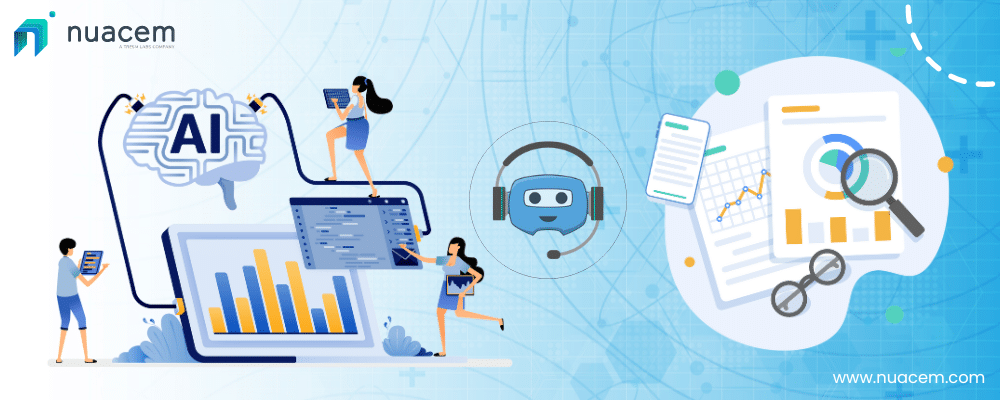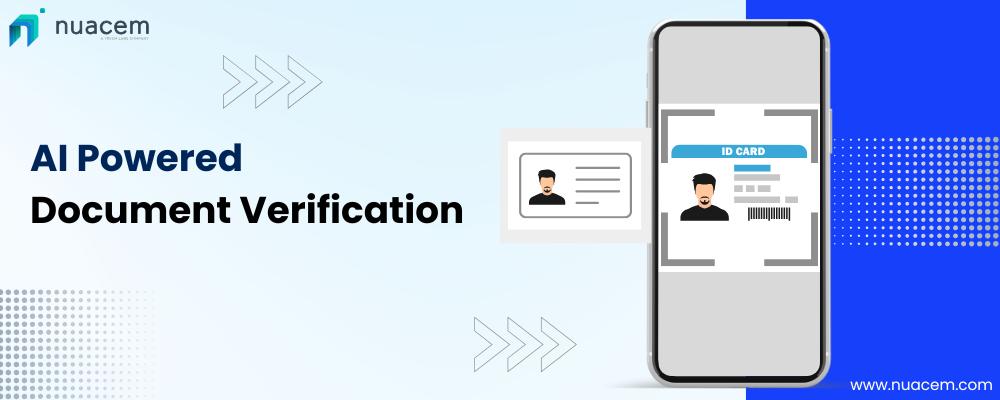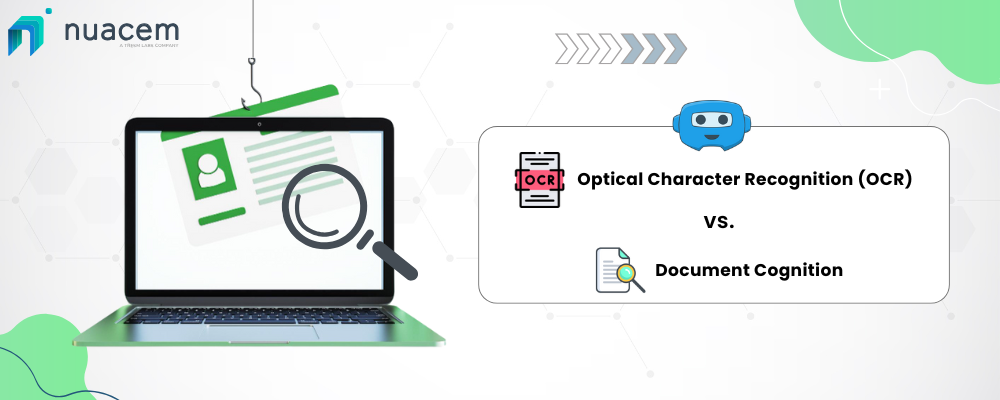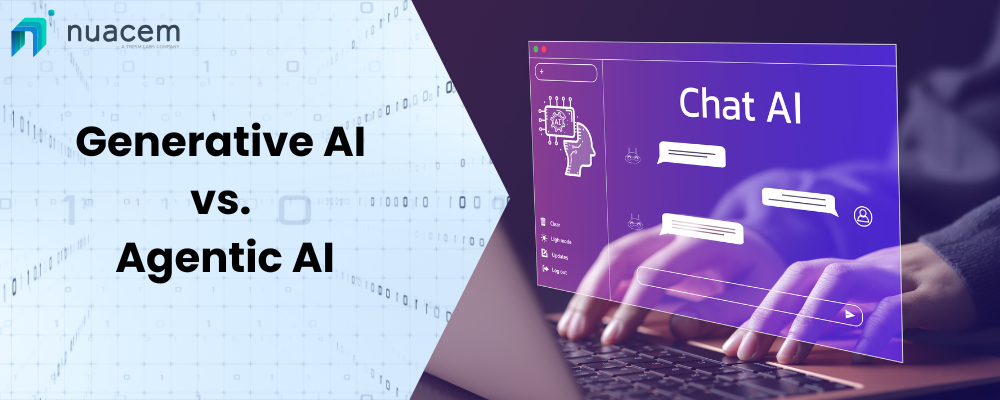Introduction
Contact centers increasingly turn to Generative AI to enhance operations and improve customer experiences in the ever-evolving customer service landscape. However, implementing Generative AI is only part of the journey. Measuring success through well-defined metrics is crucial to truly understanding its impact and effectiveness. In this blog, we’ll explore the key performance indicators (KPIs) and success metrics that can help contact centers evaluate the benefits and performance of Generative AI solutions.
Customer Satisfaction (CSAT) Scores:
One of the most important ways to measure the success of Generative AI in contact centers is through customer satisfaction scores. By comparing CSAT scores before and after the implementation of AI, contact centers can gauge how well the AI is meeting customer needs and expectations. Higher CSAT scores typically indicate that customers are happier with the service provided, thanks to the efficiency and accuracy of AI-driven interactions.
First Call Resolution (FCR) Rate:
First, Call Resolution is a critical metric for contact centers. An indicator of how many customer issues can be resolved on the first contact without the need for follow-up. Generative AI can significantly improve FCR rates by providing accurate and comprehensive responses to customer queries, reducing the need for escalations and multiple contacts. An increased FCR rate post-implementation signals a successful AI integration.
Average Handle Time (AHT):
Average Handle Time relates to the average duration of a single customer interaction, including talk time and after-call work. Generative AI can help reduce AHT by quickly understanding and resolving customer issues. By automating routine queries and providing instant solutions, AI allows human agents to take care of more complex problems, thus shortening overall interaction times. A decrease in AHT is a positive indicator of AI efficiency.
Cost Per Contact:
Cost per contact is a financial metric measuring handling each customer interaction. Implementing Generative AI can save costs by automating repetitive tasks and reducing the amount of work on human agents. Monitoring the cost per contact before and after AI implementation can highlight the technology’s financial benefits and return on investment (ROI).
Agent Productivity and Utilization:
Generative AI can enhance agent productivity by handling simple and repetitive tasks, allowing human agents to focus on more complex and value-added activities. Metrics such as the number of interactions handled per agent and the time agents spend on non-productive tasks can provide insights into how AI improves overall workforce efficiency. Increased productivity and better utilization rates indicate successful AI integration.
Customer Effort Score (CES):
The Customer Effort Score measures the ease with which customers can resolve their issues. A lower CES indicates that customers find interacting with the contact center easier. Generative AI can streamline processes and provide quick, accurate responses, thereby reducing the effort required from customers. Tracking CES over time can reveal the effectiveness of AI in simplifying customer interactions.
Net Promoter Score (NPS):
Net Promoter Score gauges customer loyalty by asking how likely they are to recommend the company’s services to others. An improved NPS post-AI implementation suggests that customers are more satisfied with the service, a strong indicator of success. Generative AI can enhance the customer experience, leading to higher NPS and increased brand advocacy.
Response Time:
The speed at which customer queries are handled is crucial in today’s fast-paced environment. Generative AI can significantly reduce response times by providing instant answers to common questions and quickly routing more complex queries to the appropriate human agents. Faster response times will lead to higher customer satisfaction and measure AI effectiveness.
Error Rate:
Reducing errors in customer interactions is essential for maintaining high service quality. Generative AI can help minimize mistakes by providing accurate, consistent information and eliminating the human error factor in routine tasks. Monitoring the error rate before and after AI deployment can help contact centers assess the precision and reliability of their AI solutions.
Feedback Analysis:
Collecting and analyzing customer feedback is another essential metric for measuring the success of Generative AI in contact centers. Feedback can provide qualitative insights into how customers perceive AI-driven interactions. Sentiment analysis tools can assess the tone and content of customer feedback, helping identify areas where the AI excels and where improvements are needed.
Conclusion
Implementing Generative AI in contact centers can significantly improve customer service efficiency, satisfaction, and cost-effectiveness. However, to ensure these benefits are realized, it’s crucial to measure success using a variety of metrics. Contact centers can comprehensively understand their AI initiatives’ impact by closely monitoring CSAT, FCR, AHT, cost per contact, agent productivity, CES, NPS, response time, error rate, and feedback analysis.
With these metrics in place, contact centers can continuously refine their AI strategies, ensuring they meet and exceed customer expectations. Contact centers can transform their operations by leveraging the power of Generative AI and keeping a close eye on these critical success indicators, driving better customer and business outcomes.






